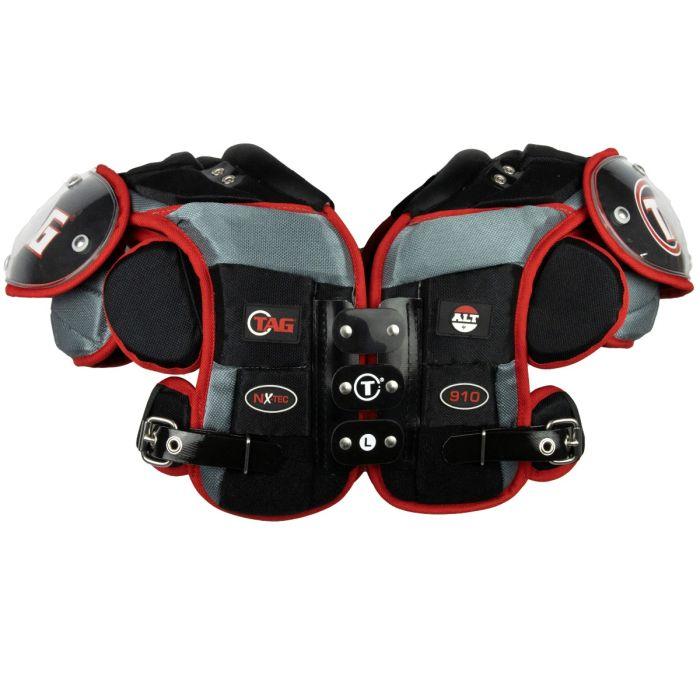How ABC Cable is Transforming Overhead Power Distribution with Safety and Cost Efficiency
ABC cable, short for Aerial Bundled Cable, is an insulated overhead power line system designed to replace traditional bare conductors. Widely used for low voltage distribution networks, especially in urban, rural, and forested areas, ABC cable systems have become a preferred choice for utilities due to their reliability, compact design, and enhanced safety.
Unlike traditional bare overhead lines, which require large pole distances and are vulnerable to weather conditions, ABC cables bundle conductors together using insulation and spacers, drastically reducing the chance of electrical faults and fire hazards.
✅ Key Benefits of ABC Cable in Power Distribution
-
Enhanced Safety: Minimizes risks of accidental electrocution and short-circuits.
-
Reduced Power Theft: Insulated structure makes illegal tapping extremely difficult.
-
Lower Maintenance Costs: Weather-resistant design reduces outages and maintenance needs.
-
Easy Installation: Can be laid across challenging terrains like forests, hills, or urban zones.
-
Improved Aesthetic Appeal: Less visual clutter in cities due to compact and neat installation.
-
Reliable Performance in Harsh Climates: Ideal for coastal, humid, or storm-prone regions.
📊 Technical Specifications of ABC Cable (Example Table)
| Parameter | Specification |
|---|---|
| Voltage Rating | 600/1000V (low voltage) to 11kV+ (MV types) |
| Conductor Material | Aluminum (with optional steel core) |
| Insulation Type | XLPE (Cross-linked Polyethylene) |
| Temperature Range | -10°C to +90°C (continuous) |
| Standards Compliance | IEC 60502, NFC 33-209, ASTM |
| Application | Urban & rural overhead networks |
🔍 When Should You Choose ABC Cable?
Choosing ABC cable is often driven by environmental, safety, and cost considerations. It is best suited for:
-
Densely populated urban areas
-
Narrow street corridors
-
Rural electrification
-
Temporary power supplies (e.g., for construction sites)
-
Coastal zones with high salinity
-
Forest zones prone to wildfires
🧠 Frequently Asked Questions (FAQs)
Q1: Is ABC cable more expensive than bare conductors?
A: While the initial material cost of ABC cables is slightly higher than bare conductors, the overall lifecycle cost is significantly lower. It reduces losses from outages, theft, and maintenance, making it a cost-effective investment in the long term.
Q2: Can ABC cables be used for medium voltage lines?
A: Yes, ABC cables are available in low voltage (LV) and medium voltage (MV) configurations. MV ABC cables are commonly used in hilly terrains, forest areas, and regions prone to storms or lightning.
Q3: Are ABC cables suitable for underground use?
A: ABC cables are primarily designed for overhead use. For underground installations, underground armored XLPE cables are preferred. However, temporary underground usage with proper conduits may be possible under expert guidance.
Q4: How does ABC cable reduce power theft?
A: Traditional open-wire systems are vulnerable to illegal tapping. ABC cables’ insulated and bundled design makes unauthorized access extremely difficult, thereby protecting utility revenue.
Q5: What maintenance is required for ABC cable systems?
A: Maintenance is minimal. Since the insulation resists environmental damage and corrosion, routine inspections and vegetation clearance are typically sufficient.
⚙️ Types of ABC Cables
ABC cables come in various configurations, based on application and voltage levels. Common types include:
-
Single-phase service cable
-
Used for residential areas
-
Includes one neutral messenger and multiple insulated phase conductors
-
-
Three-phase distribution cable
-
For industrial and commercial zones
-
Consists of three phase conductors, one neutral, and occasionally a street lighting conductor
-
-
Self-supporting ABC cable
-
No messenger wire; all conductors are of the same size
-
Ideal for short spans and temporary connections
-
📌 Key Considerations Before Installing ABC Cable
Before you deploy ABC cable in any network, assess the following:
-
Span Length: Ensure structural integrity between poles.
-
Pole Strength: Poles must support the bundled weight.
-
Clearance and Clearance Codes: Follow local electrical safety codes.
-
Load Requirements: Select appropriate conductor size for the power load.
-
Environment: Consider UV resistance, chemical exposure, and fire hazards.
🧩 Comparing ABC Cable with Traditional Conductors
| Feature | ABC Cable | Bare Overhead Conductors |
|---|---|---|
| Safety | High (insulated) | Low (open conductors) |
| Theft Resistance | Excellent | Poor |
| Maintenance | Low | High |
| Aesthetics | Neat and compact | Messy in dense areas |
| Initial Cost | Slightly higher | Lower |
| Long-Term Cost | Lower overall | Higher (due to repairs, theft) |
📈 Market Demand and Applications
With urbanization, industrialization, and rural electrification schemes expanding globally, the demand for ABC cables is rapidly increasing. Countries investing in smart grids, green energy, and disaster-resilient infrastructure are prioritizing ABC cables due to their durability and low operational risk.
Industries such as construction, municipal utilities, and temporary event setups are increasingly favoring ABC cables for fast deployment and reliable current distribution.
📢 Expert Insight: Why Engineers Prefer ABC Cables
Industry professionals and electrical engineers often recommend ABC cables because they:
-
Minimize outages caused by tree contact or animal interference.
-
Comply with urban development aesthetics.
-
Reduce electrical losses over distance.
-
Simplify fault detection and line tracing.
-
Provide consistent voltage even across challenging terrains.
📚 Recommended ABC Cable Handling Practices
-
Training: Line crews must be trained in ABC cable handling due to its bundled and insulated nature.
-
Tensioning: Maintain correct tension to prevent sagging.
-
Cutting & Termination: Use only insulated tools and approved termination kits.
-
Inspection: Visual inspections for insulation damage or stress points are vital.
📘 Related Industry Terms to Know
-
Messenger Wire: A neutral wire that supports the cable mechanically.
-
XLPE: Cross-linked polyethylene, a durable insulation material.
-
Sag-Tension Curve: A key design parameter in overhead lines.
-
Corona Discharge: High-voltage discharge reduced significantly in insulated ABC systems.
If you want an advanced, safer, and theft-resistant alternative to traditional overhead power systems, then ABC cable is likely your most effective solution. Designed with urban complexity, rural challenges, and climate resilience in mind, ABC cables are at the core of future-ready power distribution networks.








